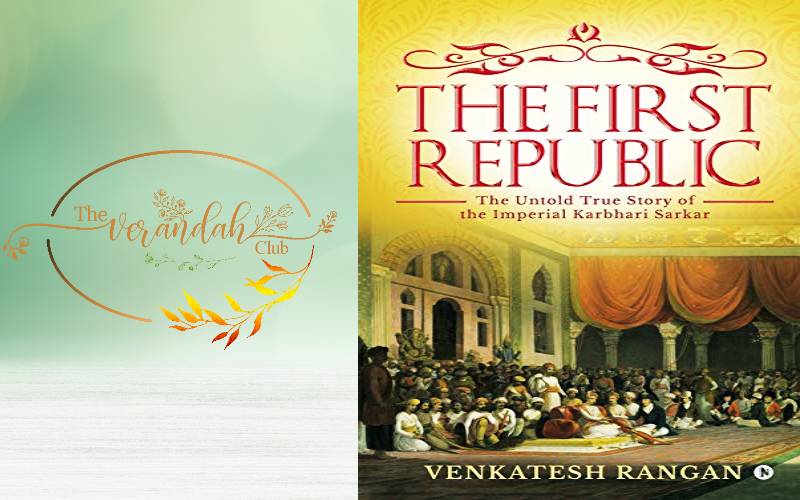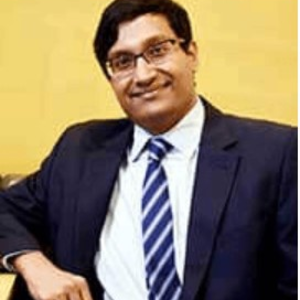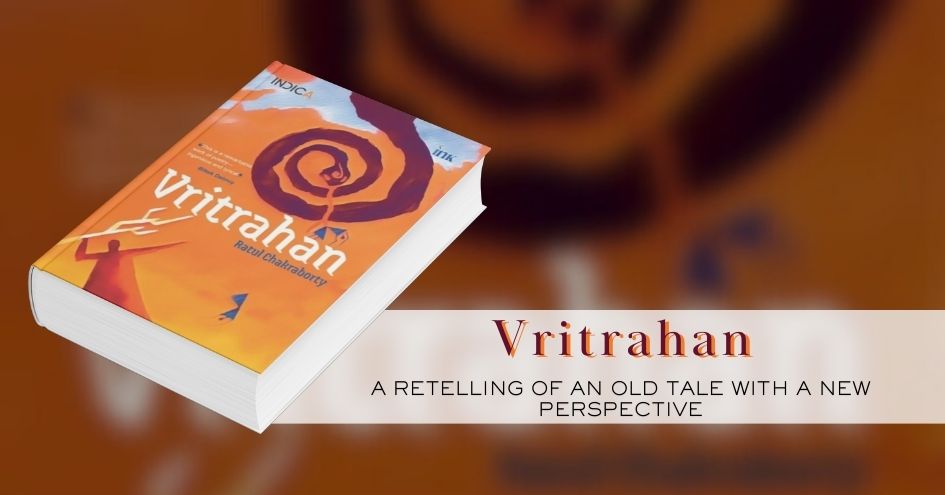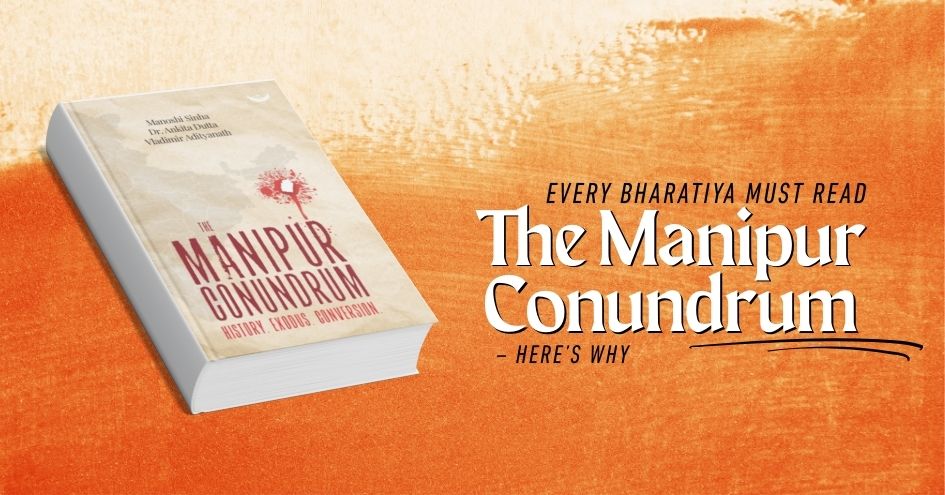
As a college student in the first decade of the 21st century, I was passionate about Indian history. I would be amazed when I read about the ancient democratic republics of Bharatvarsha. The Vedic Ganarajya-s of hoary antiquity, the Vajjian Confederacy of the Mahajanapada Period (6th century BCE), the Asthakulaadhisthadhikarana Councils of the Gupta Empire, the Vibrant Ur and Sabha Councils of the Chola Empire. I would relish the intricate details on the functioning of the district, town, and village democracies of the Tamil plains from the erudite, Dr. R. Nagaswamy’s works. Or would be amazed at the Great Malava and Yaudheya republics for their stout resistance to foreign invasions as inferred from the mighty pen of Dr R. C. Majumdar.
Yet a question continued to haunt me. As I looked at my modern identity as a citizen of the “world’s largest democracy,” there appeared to be a disconnect between the west inspired constitutional democracy of Modern India and these ancient democratic examples. It was as if reading about these ancient ganarajya-s was like reading about a fairy tale with little bearing to the modern political construct of my environment. I had read the works of Ramachandra Guha and similar writers who claimed that modern Indian democracy was a unique experiment beginning in the mid-20th century with no historical precedent. The subtext, of the works of this section of academician, was that never before was the vast geography, multiple ethnicities and religions of India unified under a common constitutional, democratic republican form of government. As per this narrative, the ancient ganarajya-s were restricted in geographical reach and never had to contend with the social, religious and linguistic divides that are rife in modern India and hence their principles were difficult to adapt.
I was always sceptical about this narrative. How could the world’s oldest continuous civilization, Bharat, not preserve the embers of its proud democratic and republican past. Around five years ago, I started researching on primary sources of the Maratha empire of the 18th century, something I was always fascinated with. Interestingly I came across stray 18th century British and French dispatches which explicitly mentioned a unique “constitution” and “form of government” of the Marathas. They found this government unique to other Asiatic governments and also to their own. A British dispatch in 1786, compared it to then British parliamentary system (i), yet another letter by a British resident around the same time found it unique in the examples of the rise of non-aristocratic “nobody’s” to power (ii), something unheard in 18th century Britain. The French envoy would complain that negotiating of a treaty with the Maratha empire was challenging as unlike pre-republican France, the treaty had to be discussed and passed by a council of many (iii). These stray references piqued my interest. Over three years later and after referring to over 800 Indian, English, French, Portuguese records of the 18th century, I reached an astounding conclusion. For quarter of a century, between 1774 and 1800 CE there ruled across a majority of the Indian landmass; a democratic republican government based on a Dharmic constitution reflective of the ancient ganarajya traditions of India.
Many of us may have thought, “If suppose Modern India had a different constitution – A Dharmic constitution – how would modern Indian Democracy look like?”. The “liberal brigade” would further probe, “How would this Dharmic constitution treat minorities, gender rights, etc.?” An answer to all these questions needs no longer be speculative. For as a starting point we can refer to a live historical example and precedent, the Grand “Karbhari Sarkar,” the first Pan Indian Republic between 1774 and 1800.

On 30 January 1774, the Maratha empire formally transformed itself into a national republic. The formal declaration preceded the formation of the Western republics. It was 13 years before the Philadelphia convention which laid the foundation of the United States constitution. It was 18 years before the foundation of the first French Republic. Unlike the influence of monarchy and aristocracy on 18th century British parliament, the Sarkar took the first steps to have the legislature elect the head of state. Its electoral system was socially far more inclusive than the pocket borough constituencies of contemporary England. The Sarkar clearly articulated its strategic interests and harped on a pan Indian civilizational and political consciousness. In short, it was the First Constitutional democratic republican Nation State of the world. It was also the pre-modern world’s largest republican state.
The Karbhari Sarkar faced many of the challenges that modern India faced – a multi-ethnic, multireligious and multi-lingual citizenry spread across a geographically diverse area. It faced constant external and internal threats – from European imperial ambitions to Durrani invasions from Afghanistan and the fanaticism of recalcitrant sultans to name a few. Yet it overcame all with spectacular results. It officially ended the Mughal empire on 1 December 1784 marking the transfer of the entire administration of Delhi and other Mughal provinces lock-stock and barrel to an indigenous power. It remained militarily undefeated. It gave crushing defeats to the British East India company between 1774 and 1782 and forced them out of north Indian politics. It repulsed the Durrani Invasions of Afghanistan and wiped out the Afghan Rohilla and Mughal Turani political factions from Indian politics. It restored pride by bringing back the ancient gates of holy Somnath from the invader’s mercy at Ghazni.
The Sarkar led a civilizational renewal. It organized annual mega-conferences on Vedic learning known as “Sharavana Ramana”. In the organizing of these conferences, it introduced traditions reminiscent of the ancient ghatika university traditions of Kanchipuram, Takshashila and Nalanda. It led a pan-Indian revival of ancient pilgrimage places harrassed by continuous invasions. Kashi Vishveshwar, Somnath, Mathura, Vrindavan, Gaya, Naimisharanya were rescued and restored on a scale unimaginable for centuries. Welfare institutions such as dharmashala-s, annachatra-s, alms houses, tanks were set up from Rameshwaram in the south to the crags of the Badri Himalayas in the north. The massive climatic disaster of a once in a millenia adverse El Nino effect resulted in massive droughts in the last decade of the 18th century. Yet, the proactive initiatives of the Sarkar meant that no devastation or destitution followed, something unheard of in the man-induced famines of the British colonial period which killed over 35 million Indians by a conservative estimate (iv) .
The Sarkar championed several gender sensitive legislations, passed inclusive judicial verdicts and gave vent to the voice of the lowest strata through a petitioning mechanism reminiscent of modern day “class action suits” (v). The three “Aadhar Sthambs” or foundational pillars of the Sarkar, Nana Phadnis, Mahadji Shinde and Punyashlok Devi Ahilyabai Holkar were giants in their own right. Their lives are a saga of complete and selfless dedication and love for this ancient country and her civilization.
And so, 30th January is a special day for all of us. It is the link between our past and present. It raises pertinent questions on where and how we want to take our steps into the future. It fills us with pride on the glory and achievements of our ancestors. It is truly a date to commemorate and remember for generations to come.
***************************************************************************************************************************

By Venkatesh Rangan who has written a book titled “The First republic: The untold true story of the Imperial Karbhari Sarkar” on the Karbhari Sarkar. The book is available on amazon, Flipkart and Notion press in paperback and kindle editions.
(i) Pg 64, “The First Republic: the untold True Story of the Imperial Karbhari Sarkar:, Venkatesh Rangan, Notion Press, 2020; Mahadji Shinde and North Indian Affairs: 1785-1794: Vol 1: Jadunath Sarkar, Mumbai Govt Central press, 1936 Series: English Records of Maratha History- Poona Residency correspondence, Section 1 and 2 ii Ibid.
(iii) Pg 275, “The First Republic: the untold True Story of the Imperial Karbhari Sarkar:, Venkatesh Rangan, Notion Press, 2020; Relations between French and Marathas (1668-1815): V.G.Hatkar, Mumbai University, 1958, Pg 200-264 .
(iv) Pg 253, “The First Republic: the untold True Story of the Imperial Karbhari Sarkar:, Venkatesh Rangan, Notion Press, 2020; “Late Victorian Holocausts: El Nino Famines and the making of the third world” , Mike Davis, Verso, New York, 2017.
(v) Details and sources for all these achievements are provided in , “The First Republic: the untold True Story of the Imperial Karbhari Sarkar:, Venkatesh Rangan, Notion Press, 2020
NEXT ARTICLE

Saiswaroopa Iyer is an author who needs no introduction. She is one of the authors who pioneered Puranic fiction in India with books exploring tales f...

Indra killed Vritra using his Vajra. Once again, good won over evil and dharma over adharma. This is a story most Bharatiyas know. The story is a pa...

The recently-released book on Manipur titled The Manipur Conundrum – History. Exodus. Conversion. – is the result of tiring efforts by three Bharatiya...